Throughout the year, winegrowers are constantly busy with their vines. Through all four seasons they put into practice ancient techniques combined with the latest discoveries to produce wines with an international reputation.
Behind each tasting is a year of work !
The vine is a plant of the Vitis genus and is a climber. Cultivated by human hand, there are a great many species, among them Vitis vinifera, which provides all the grapes used in Europe, including the Bourgogne region. Without human intervention, it would continue to grow in an uncontrolled manner. Pruning and trimming forces the plant to focus on producing fruit rather than spreading.
Vines mainly grow in hot or temperate regions.

The grapevine is a perennial plant, or one with an annual cycle. It comes back to life at the end of the winter months. When the land heats up and the sun is more present, the sap rises and forms droplets on the tips of the pruned branches. Some say when this happens that the vine is “weeping”. This is the sign of a new vintage coming into being. The cycle ends in the fall, after the harvest. When the leaves drop, the vine falls dormant once again, preparing to burst back into life in the spring.
For a grapevine, the year can be divided into 10 key stages (according to Baggiolini). Take a look at these stages in pictures.

Winter rest, buds covered by 2 brownish scales
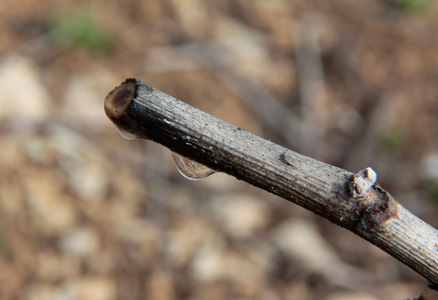
Vine awakening. The sap flows from pruning cuts.

The scales separate, giving way to the bud down.

The young leaf shoot’s green tip is visible.
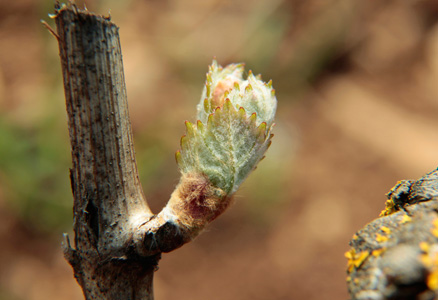
Appearance of leaves in a Rosette.
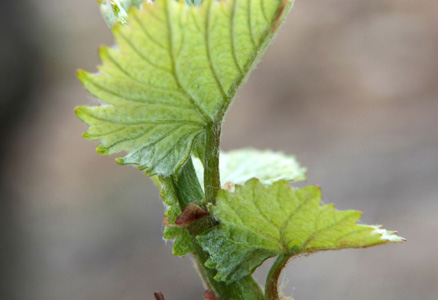
The leaves grow and unfold.

Inflorescences visible

Inflorescences elongate and Separate

The future flowers separate from each other.
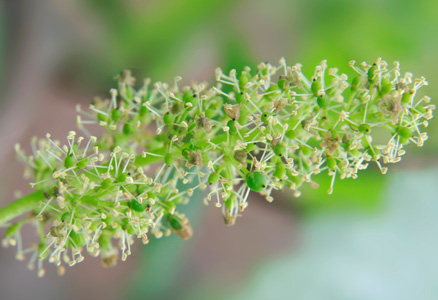
The flowers appear (1 flower per flower bud).

The flowers are fertilized, small green berries form.

The berries reach 50% their final size. The bunch falls to a vertical position.
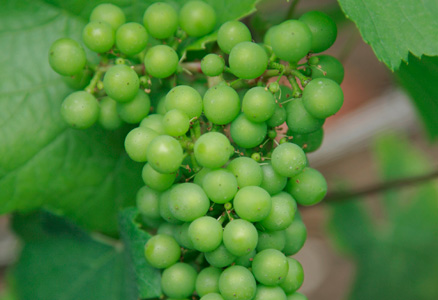
The berries grow and start to touch each other.

The berries progressively change colour. The bunch becomes more compact. Vine shoot turn brown: lignifications begins.

The berries are ripe, their growth complete. Composition analysis establishes their maturity level in order to harvest at the right time.

The canes are all brown, the leaves change colour and fall. This is the beginning of the dormancy.

















Pre-pruning, earthing up, pruning, bouéchage… Behind each of these more or less exotic words, you will find an ancient practice, mastered by the winemakers of Bourgogne. Each season demands particular attention for each plot of vines.
From January to December, the men and women of the land work hard to create exceptional wines.
